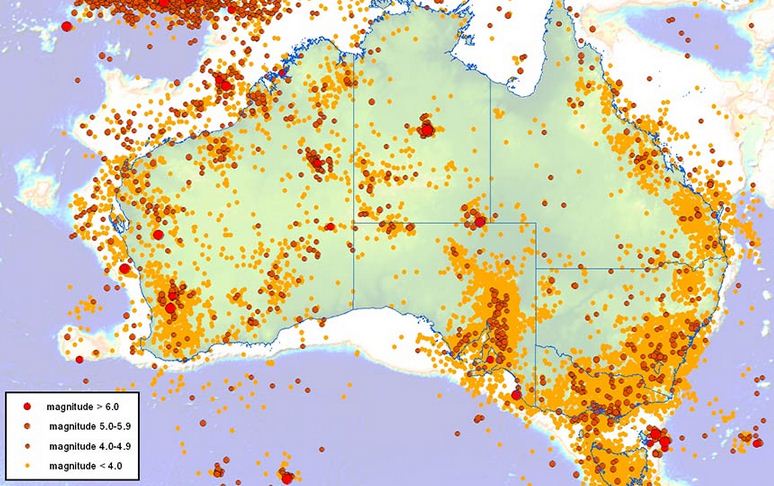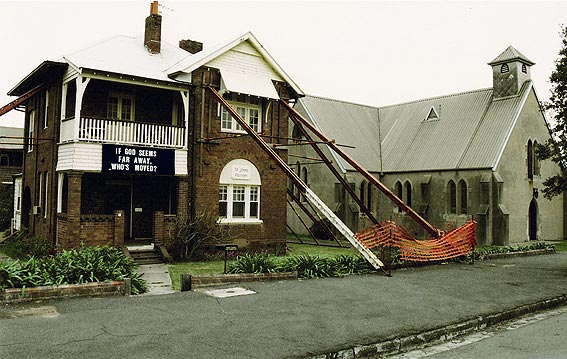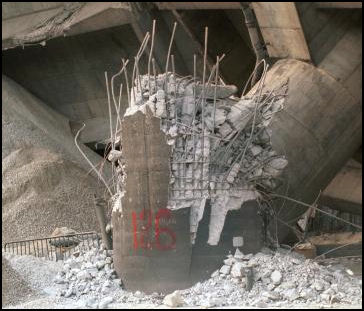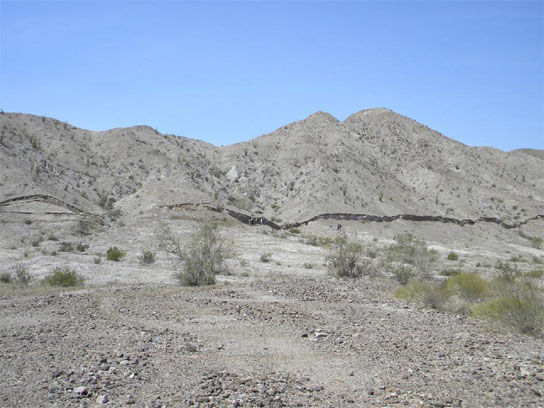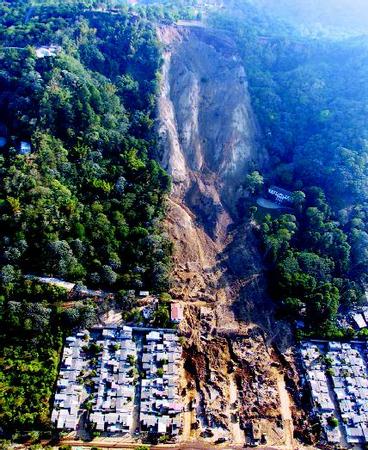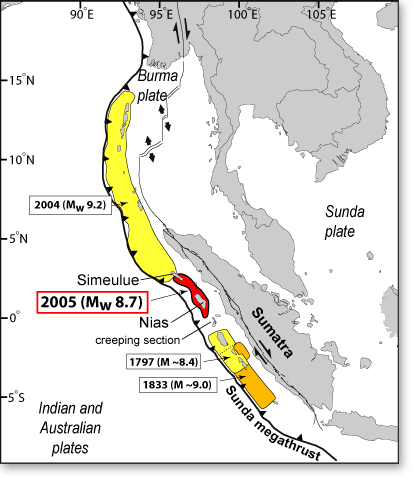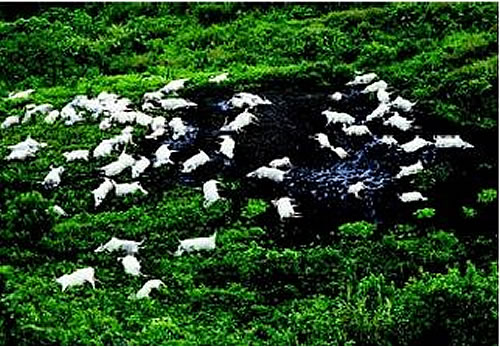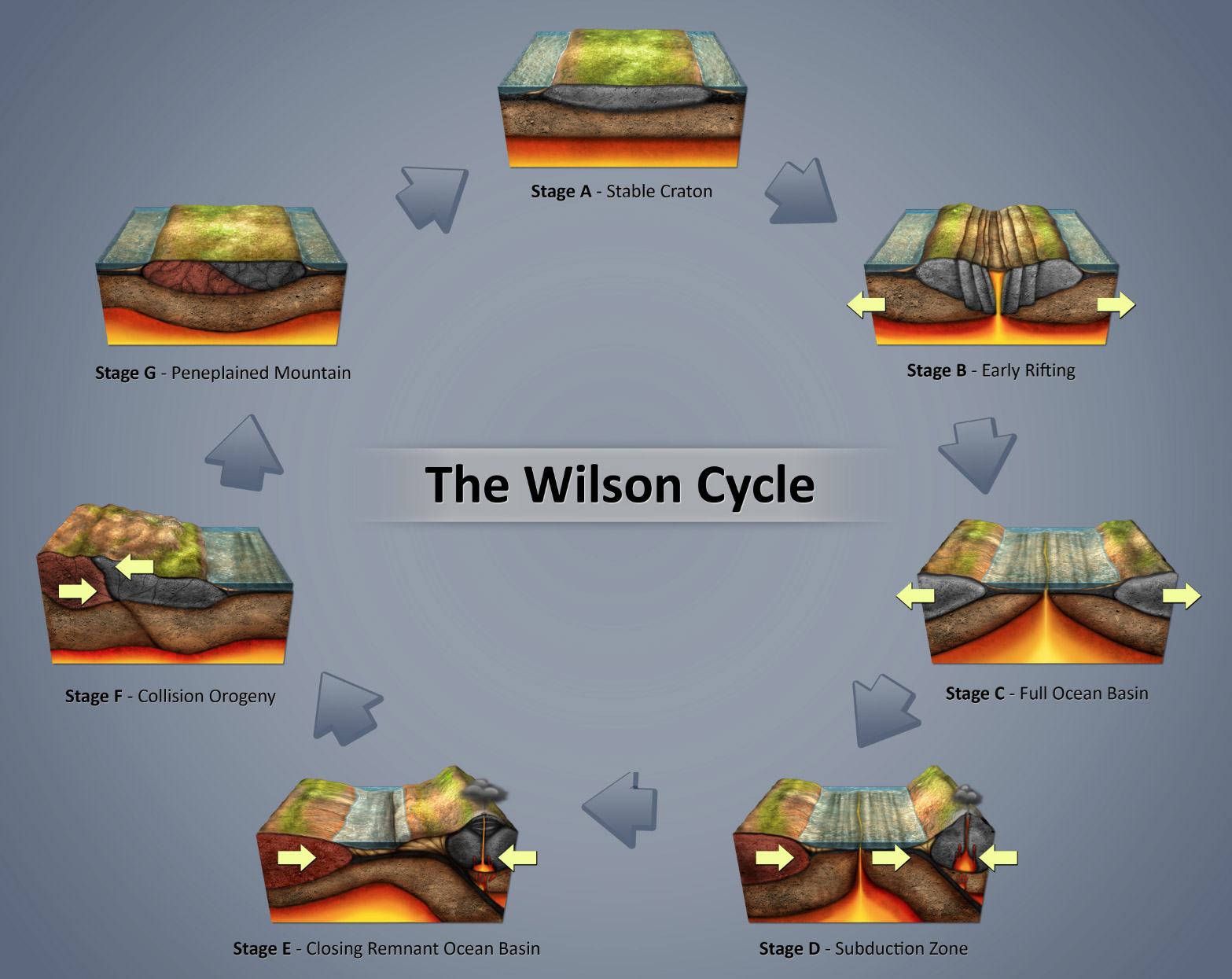The Laki eruption started in June 1783 and lasted for 8 months. A cloud of sulphur dioxide moved over Europe causing a higher than normal rate of death in outdoor workers. When the winter of 1784 started, it was extremely severe, with the duration of the season being excessively long (snowfall throughout April) and very cold. The effects of this were also felt in North America. This eruption, while not explosive, produced a massive amount of sulphur dioxide. In the stratosphere, sulphur dioxide combines with water and oxygen to for sulphuric acid. The sulphuric acid aerosol is extremely reflective, meaning that incoming light is reflected back into space rather than reaching Earth.


The effects of the Laki eruption on winter temperature can be seen to have lasted for a few years afterwards.
Tambora 1815
The eruption of Mt Tambora in Indonesia is thought to be the largest volcanic event in recorded human history. The expolsion itself is thought to have directly contributed to 75,000 deaths. The effects on the climate were dramatic. The year of 1816 was described at the year without summer. In the northern parts of the USA, snow fell in June and July, crops failed due to frost damage and hunger became widespread. The effects on Europe are shown below.

Mt Pinatubo 1991
The June 1991 explosion of Mt Pinatubo ejected a large quantity of ash and sulphur dioxide into the atmosphere. Apart from the effects of sulphur dioxide, the ash scatters some of the incoming light and heat from the sun, preventing it from reaching the ground. The dispersal of the sulphur dioxide from the eruption can be seen below.

Following this eruption, the following changes to climate were observed.
A study performed by NASA combined the data from 4 large volcanic eruptions with climate showed to what extent such eruptions have on the climate,



